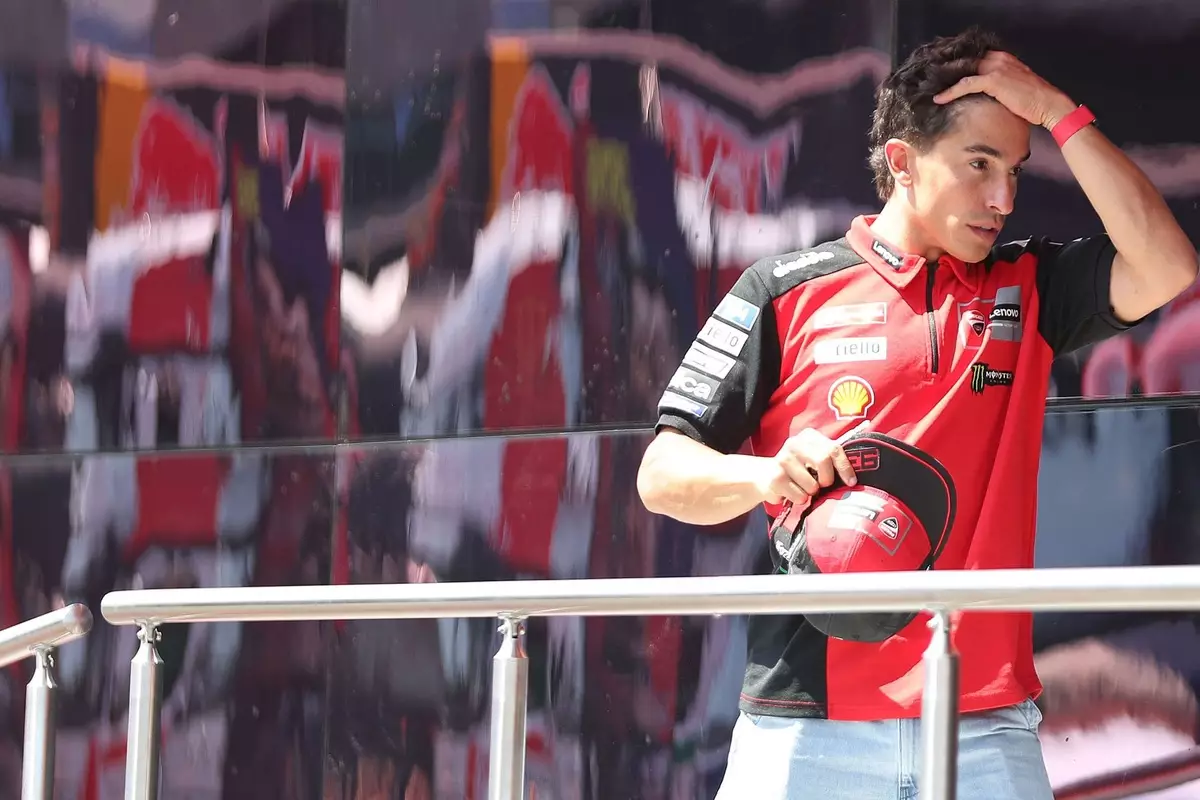In the fiercely competitive world of MotoGP, technology has become both an ally and a contentious obstacle. As the sport pushes toward innovation, new electronic systems like the recently introduced stability control threaten to reshape the essence of racing. While governing bodies argue these systems are designed to improve safety, top riders such as Marc Marquez and Pedro Acosta see a different picture—one where rider skill could be diminished, and racing quality compromised.
This new software, which throttles engine torque when the bike begins to slide, exemplifies a paradox. On the surface, it’s presented as a safety feature, trying to minimize dangerous highsides—a common and often catastrophic occurrence. Beneath that veneer, however, there is a growing concern among riders that the real consequence is an erosion of their individual control and racing identity. The nervous balance between technological assist and human skill is at the core of this debate, and the current push suggests the sport may be veering too far towards automation, away from authentic motorcycle racing.
Riders’ Perspectives: Resistance Is Not Futile
From the paddock to the track, champion riders are voicing their apprehensions. Marc Marquez, renowned for his aggressive riding style and resilience, has spoken out against the system, emphasizing that electronics tend to level the playing field rather than elevate it. His personal experiences with highside crashes—most notably the near-fatal incident in 2020—make this stance even more personal. Marquez argues that reducing rider influence diminishes the art of racing to a mere system upgrade rather than a display of true talent.
Pedro Acosta echoes this sentiment, suggesting that the sport’s trajectory should be toward removing these aids rather than embracing them. His perspective underscores a broader philosophical debate: should MotoGP prioritize technological parity, or should it celebrate and enhance rider mastery? Acosta’s push to revert to less assistive systems reflects a desire to maintain racing as a true test of human skill, grit, and strategy.
Meanwhile, Marco Bezzecchi offers a pragmatic counterpoint. While acknowledging that electronics can diminish rider influence temporarily, he believes that experience and adaptability will inherently allow skillful riders to stand out once everyone adjusts to the new systems. In his view, over time, the cream will always rise to the top regardless of technological intrusions.
The Future of MotoGP: Innovation or Stagnation?
The introduction of stability control is emblematic of the broader tension within MotoGP—a sport torn between advancing safety and preserving the raw, unpredictable nature of racing. Upcoming regulations banning ride height and holeshot devices by 2027 are intended to bolster rider skill and mechanical innovation. Yet, the inclusion of systems like the stability control hints at inconsistencies in the series’ approach toward technology.
On one hand, safety improvements are undeniably essential, especially given the sport’s inherent danger. Highside crashes have claimed riders’ careers, including Marquez himself, fueling an understandable desire to minimize accidents. On the other hand, overly relying on electronic aids risks turning motorcycle racing into a high-tech spectacle that prizes programming over prowess. Will these tools make racing safer without stripping away its competitive soul? Or do they threaten to turn champions into mere operators rather than true innovators?
As riders confront these developments, the question remains: can the sport strike a balance that honors both safety and skill? The early tests of the new system suggest a tentative step, but until the software is widely adopted and its effects assessed on race days, its true impact remains speculative.
Ultimately, the discourse surrounding electronics in MotoGP forces a reevaluation of what constitutes a “rider’s skill.” If machines are increasingly doing the work, where does that leave the rider’s artistry? MotoGP stands at a crossroads—one that could redefine the sport for generations to come. The challenge lies in ensuring technological advances elevate rather than diminish the raw excitement and human mastery that makes motorcycle racing special.

